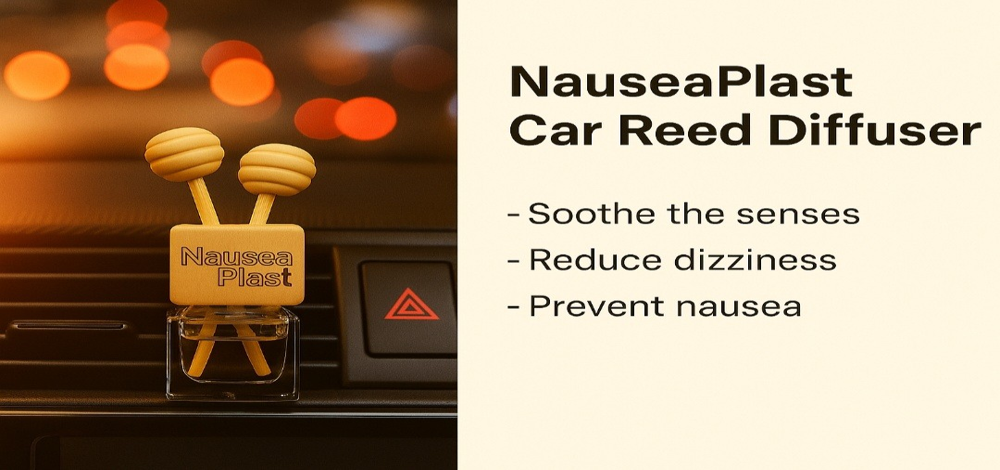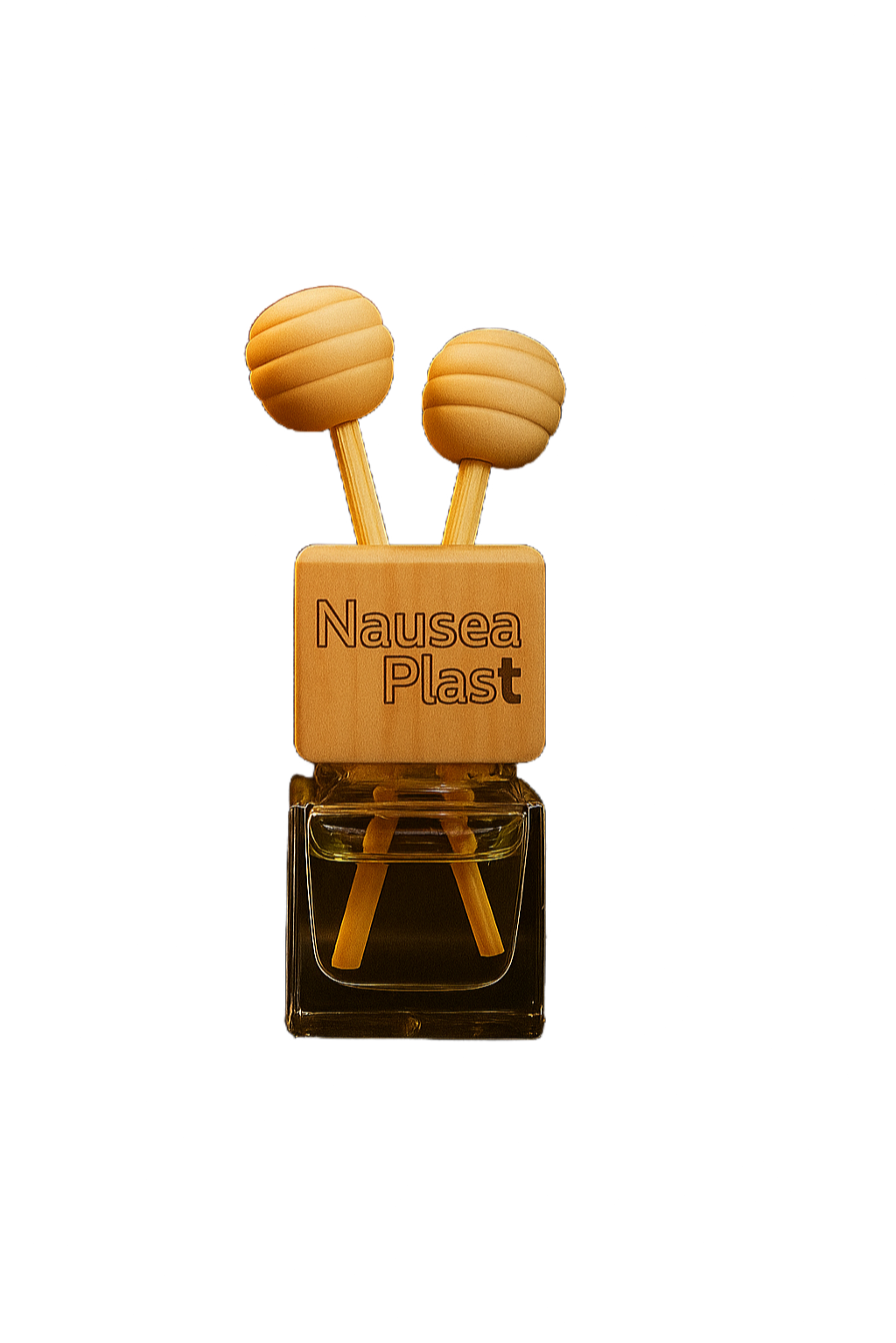Car sickness is an unpleasant and all-too-common experience for many passengers. While some people are more sensitive to motion than others, an often-overlooked fact is that the type of car you're in can significantly affect how sick you feel. The design, suspension system, and even the layout of the seats and windows can either help or worsen motion sickness.
In this we'll explore the key reasons why some cars make you more car sick than others, focusing on suspension, visibility, and vehicle design.
- Suspension: Too Smooth Can Be Too Much
The suspension system in a car is designed to absorb bumps and keep the ride smooth. However, in some vehicles—especially luxury cars and large SUVs—the suspension can be so soft that it exaggerates the floating or swaying motion of the car.
- Soft Suspension = More Sway - While a cushy ride feels great to drivers, it can be disorienting for passengers. The excessive up-and-down or side-to-side motion can confuse the brain and inner ear, increasing the chance of motion sickness.
- Firm Suspension = Less Motion Sickness - Cars with stiffer suspensions (often sportier or smaller vehicles) tend to transmit more road feel, but they reduce the floaty sensation that can trigger nausea.
- In short - If you get carsick easily, avoid cars with very soft, boat-like suspension systems.
- Visibility: What You See Matters
Motion sickness is caused by a disconnect between what your eyes see and what your inner ear feels. That's why visibility from inside the car is crucial.
- Poor Visibility - In vehicles with small windows, dark interiors, or seats that don't provide a good view of the road ahead, your brain can't reconcile motion cues properly. This mismatch increases the risk of feeling sick.
- Best Seats - The front passenger seat or a high window seat in the middle row of an SUV generally provides the best visibility and least sickness.
- Panoramic Windows Help - Cars with larger windows or panoramic sunroofs tend to make passengers feel less enclosed, reducing symptoms.
- Tip - Always try to look out the front window when feeling sick—never at your phone or a book.
- Interior Design & Layout: The Little Things Add Up
The layout and ergonomics of a car's interior also play a role:
- Rear-Facing Seats or Jump Seats (found in some vans or third-row SUVs) confuse your brain even more by reversing the direction of travel.
- Air Vent Placement - A lack of fresh air or airflow can worsen symptoms. Cars with poor air circulation often feel stuffy, which intensifies nausea.
- Seat Position & Orientation - Some cars place rear passengers very low (as in some hatchbacks or sports cars), reducing road visibility and increasing motion sickness chances.
- Noise & Vibration - Loud engine noise or constant vibrations from rough roads can be sensory overload for a sensitive passenger.
- Size and Weight of the Vehicle
Heavier, taller vehicles like large SUVs or minivans tend to sway more during turns or on uneven roads. The more you feel the motion, the more likely you are to feel sick. Smaller, lower cars with better cornering control often cause fewer issues.
- Automatic vs Manual Transmissions
Inexperienced drivers using manual transmission can cause jerky acceleration and braking—common triggers for motion sickness. On the other hand, some automatic transmissions with aggressive gear shifting may also cause a rough ride.
So, Which Cars Make You More or Less Car Sick?
- More Likely to Cause Car Sickness:
- Large SUVs with soft suspension (e.g., Toyota Land Cruiser, Ford Expedition)
- Luxury sedans with floating ride quality (e.g., Mercedes S-Class, Lexus LS)
- Vans with limited rear visibility or rear-facing seats
- Less Likely to Cause Car Sickness:
- Compact sedans or hatchbacks with firmer suspension (e.g., Honda Civic, Mazda3)
- EVs with low center of gravity and smooth acceleration (e.g., Tesla Model 3, Hyundai Ioniq 5)
- Cars with large panoramic windows and high seating position (e.g., Subaru Outback)
- While motion sickness varies from person to person, car design absolutely plays a role. If you're a frequent passenger who struggles with nausea, consider choosing vehicles with:
- Firm suspension
- High visibility
- Good air circulation
- Stable ride and low center of gravity
- Solution: NauseaPlast Car Reed Diffuser
The solution to uncomfortable, nausea-filled car rides is the NauseaPlast Car Reed Diffuser—a natural, effective remedy for motion sickness. Unlike regular air fresheners, NauseaPlast is infused with a blend of herbal extracts specifically chosen to soothe the senses, reduce dizziness, and prevent nausea. Just plug it into your car, and it starts working instantly, releasing a calming fragrance that transforms your journey into a more relaxed and refreshing experience. Whether you're on a short city drive or a long road trip, NauseaPlast ensures comfort with every mile.

